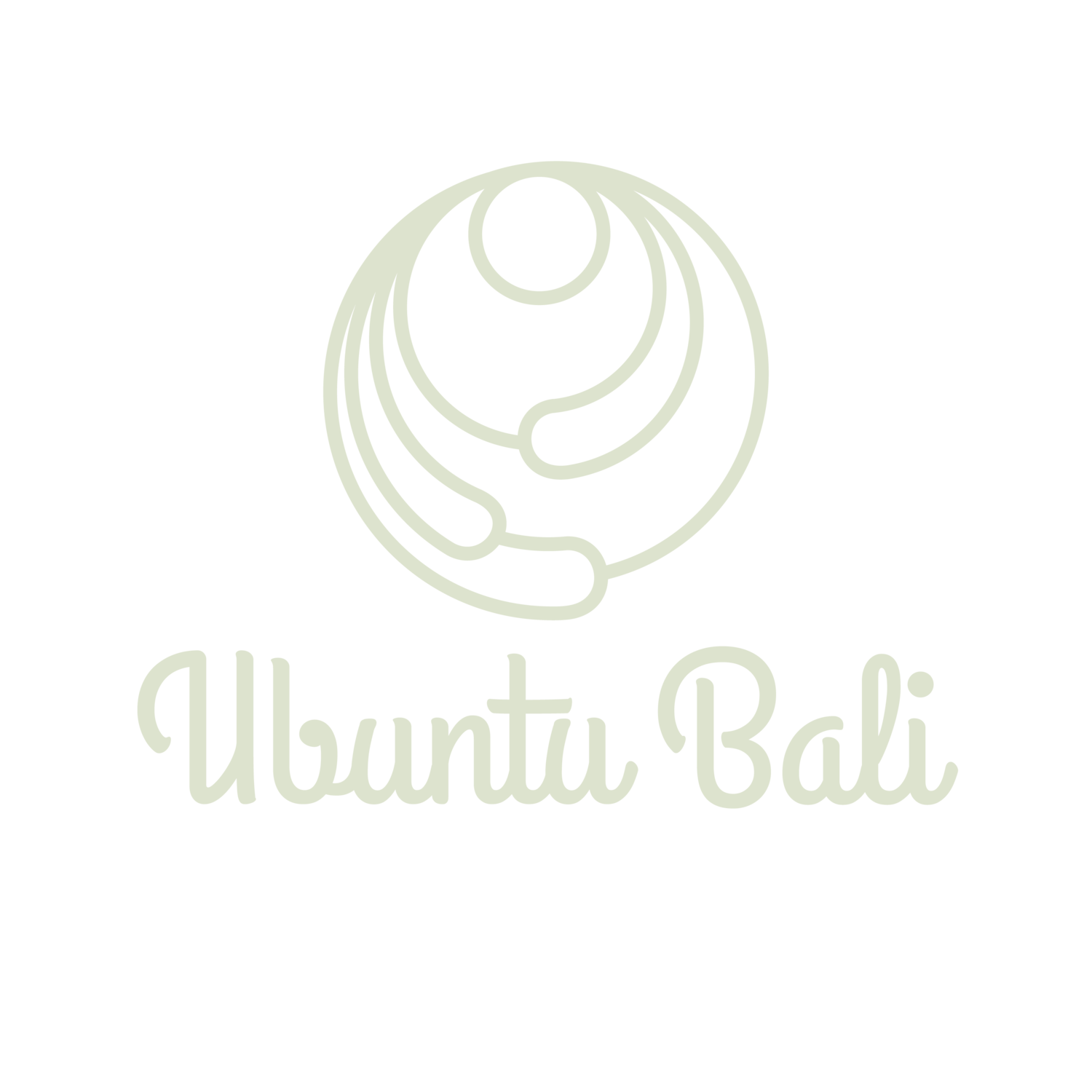The Ultimate Guide to Yin Yoga: Unlocking the Power of Deep Relaxation
In today's fast-paced world, stress has become an almost constant companion for many of us. Whether it's work pressure, family responsibilities, or personal challenges, it's easy to get caught up in the hustle and bustle of daily life and forget to take care of ourselves.
That's where yin yoga comes in. This gentle and meditative practice is designed to help you slow down, tune in, and connect with your body and breath in a profound way.
In this article, we'll explore the basics of yin yoga, its benefits, and how you can incorporate it into your daily routine to achieve a greater sense of peace, balance, and well-being.
What is Yin Yoga?
Yin yoga is a slow-paced style of yoga that involves holding passive poses for an extended period of time, typically 3-5 minutes or more. Unlike more dynamic forms of yoga such as vinyasa or power yoga, which focus on building strength and flexibility through movement, yin yoga aims to target the connective tissues of the body, such as ligaments, tendons, and fascia, in order to release tension and increase mobility.
How Does Yin Yoga Work?
In yin yoga, poses are held for an extended period of time, usually between 3-5 minutes or more. This prolonged holding of poses allows the muscles to relax and the connective tissues to be gently stretched, which in turn stimulates the flow of energy and promotes the release of tension and blockages in the body.
By tuning in to your breath and focusing your attention on the sensations in your body, you can cultivate a sense of mindfulness and inner peace that can help you cope with stress and anxiety in your daily life.
The Benefits of Yin Yoga
The benefits of yin yoga are many and varied. Here are just a few of the ways that this practice can help you improve your overall health and well-being:
Reduces stress and anxiety: Yin yoga can help you calm your mind and release tension in the body, which can help you cope with stress and anxiety more effectively.
Increases flexibility: By targeting the connective tissues of the body, yin yoga can help you increase your range of motion and improve your flexibility.
Improves circulation: Yin yoga can help stimulate the flow of blood and oxygen throughout the body, which can help improve circulation and promote healing.
Enhances relaxation: By promoting deep relaxation and releasing tension in the body, yin yoga can help you achieve a greater sense of inner peace and calm.
Boosts immunity: Regular practice of yin yoga can help strengthen your immune system, which can help you stay healthy and ward off illness.
Yin Yoga Props
Yin yoga can be practiced with or without props, but having the right equipment can make the practice more comfortable and effective. Here are a few props that can help support your yin yoga practice:
Yoga bolster: A yoga bolster is a long, firm cushion that can be used to support your body in yin yoga poses. It can be placed under your knees, back, or hips to provide additional support and help you relax more deeply into the pose.
Yoga blocks: Yoga blocks can be used to modify yin yoga poses and make them more accessible. For example, placing a block under your knee in dragon pose can help reduce strain on the hips and make the pose more comfortable.
Blanket: A blanket can be used to provide extra cushioning and warmth during yin yoga practice. You can place it under your hips or head for added support, or use it to cover yourself during relaxation at the end of your practice.
Yin Yoga vs. Other Forms of Yoga
Yin yoga is just one of many styles of yoga, each with its own unique benefits and focus. Here are a few key differences between yin yoga and other popular forms of yoga:
Vinyasa yoga: Vinyasa yoga is a more dynamic style of yoga that focuses on movement and breath. Unlike yin yoga, which involves holding poses for an extended period of time, vinyasa yoga is characterized by flowing sequences of poses that are synchronized with the breath.
Bikram yoga: Bikram yoga, also known as hot yoga, is a style of yoga that is practiced in a heated room. Unlike yin yoga, which is practiced at room temperature, Bikram yoga can be more intense and physically challenging due to the heat.
Restorative yoga: Restorative yoga is a gentle and nurturing style of yoga that uses props to support the body in passive poses. Like yin yoga, restorative yoga is focused on relaxation and stress relief, but the poses are typically held for a shorter period of time and are less intense.
Give Yin Yoga a Try
Yin yoga is a gentle but powerful practice that can help you release tension, find inner peace, and improve your overall well-being.
Whether you're new to yoga or an experienced practitioner, incorporating yin yoga into your daily routine can help you achieve greater balance, relaxation, and clarity of mind.
By taking the time to slow down, tune in, and connect with your body and breath, you can unlock the power of deep relaxation and experience the transformative benefits of this practice.

